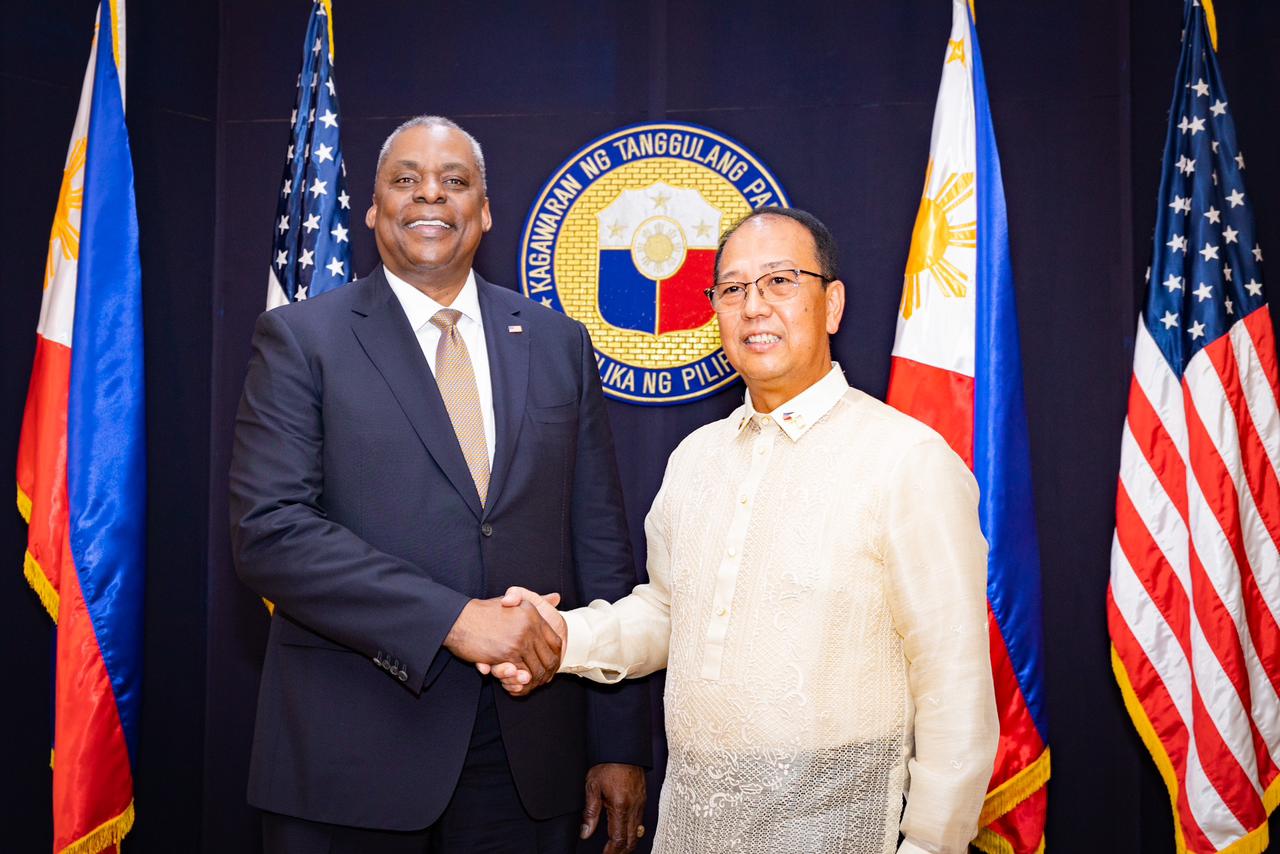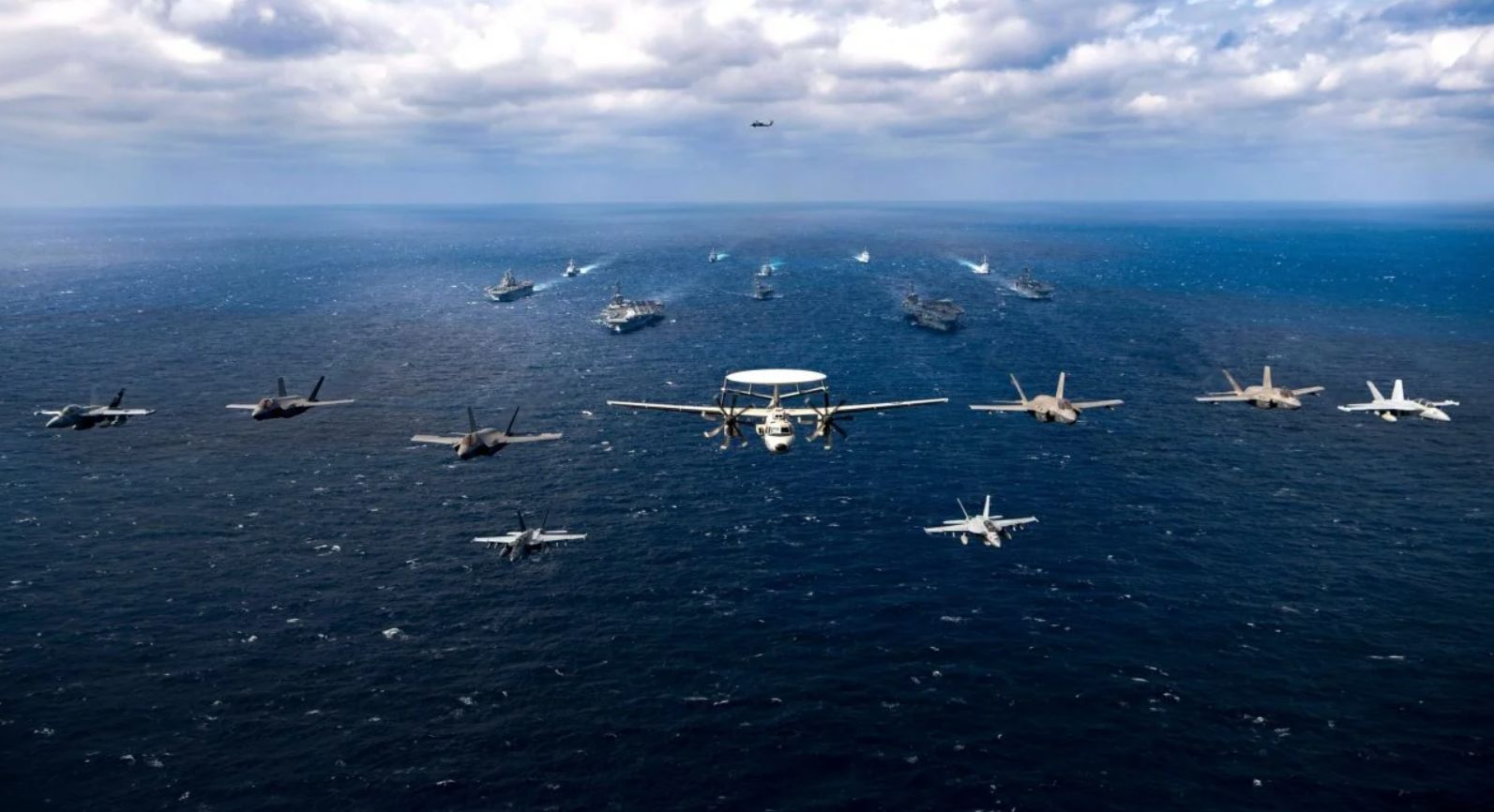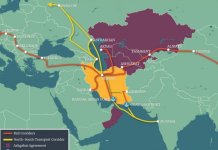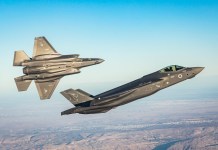With the US military steadily securing expanded access to critical military sites in the Philippines, China has warned this could lead to the Philippines being taken advantage of and dragged into troubled waters.
Israel Identifies ‘3000 Targets’ Inside Iran To Strike Its Critical Military Infra – French Media
Amid mounting concern over China’s increasing assertiveness in the disputed South China Sea and tension over self-ruled Taiwan, the US military managed to secure access to four additional bases in the Philippines. The United States already had access to five military bases in the Philippines.
The US Defense Secretary Lloyd Austin and Philippines’ Defense Secretary Carlito Galvez said in a joint news conference at the Philippine military headquarters in Manila that the United States would be given access to four more bases under the 2014 Enhanced Defense Cooperation Agreement (EDCA).
“Our alliance makes our democracies more secure and helps uphold a free-and-open Indo-Pacific,” said Lloyd Austin.
The development is significant as it comes at a point of increased assertiveness by Beijing in the South China Sea and increased confrontation with the United States.
The decision has not gone well with China, which opposes the US militarization of the region. Beijing issued a stern warning to the Philippines, saying that the country was at risk of being “taken advantage of” by the US, saying the US was responsible for escalating tensions.

The Chinese embassy in Manila said, “The United States, out of its self-interest and zero-sum game mentality, continues to step up its military posture in this region. Its actions escalate regional tension and undermine regional peace and stability.”
“[China hopes] the Philippine side stays vigilant and resists being taken advantage of and dragged into troubled waters.
“China always holds that defense and security cooperation between countries should be conducive to regional peace and stability, not targeted against any third party, even less to harm the interests of a third party.”
Additionally, the Chinese military analysts quickly observed that China will maintain its presence in the South China Sea but will carefully consider any further action to avoid escalating tensions with the Philippines, even if Manila gives the US military more access to Philippine territory.
The latest decision takes the number of bases the US military has access to in the Philippines to nine. The announcement follows a previous US decision to spend more than $82 million on infrastructure at the existing sites.
The EDCA grants the United States access to Philippine military bases for joint training, equipment prepositioning, and the construction of facilities, including runways, fuel storage, and military housing, but not for a permanent presence.
The US-China Tug Of War In The Region
Even though the details of the bases that the US has secured access to haven’t been revealed by the defense chiefs, the United States had earlier requested access to bases on Palawan in the southwest, adjacent to the contentious Spratly Islands in the South China Sea, and on the major northern island of Luzon, which is where the Philippines are physically closest to Taiwan.
In November 2022, US Vice President visited Palawan and said emphatically that Washington would stand by the Philippines in the face of intimidation in the South China Sea.
Beijing claims almost all of the South China Sea and often threatens the other claimants in the region, including Manila.
However, access to Luzon may be of utmost concern to China due to its proximity to Taiwan Island. Earlier, the Philippine ambassador to the United States, Jose Manuel Romualdez, said that his country would allow US forces to use its military installations in a conflict with Taiwan if it was required for Manila’s security.
Even though it was not the official state position, such a statement would make Beijing sit up and pay attention to the development unfolding within the Manila government.
As for the US, the agreement will bolster its strategy of deploying smaller formations of soldiers throughout the Indo-Pacific, strengthening current alliances, and forging new ones to challenge China’s expanding influence in the region.

The US Defense officials have previously indicated that if a conflict were to break out in the region, columns of smaller troops rotating across the Philippines might provide US forces with more logistical assistance over a larger region.
Further, the decision comes at a time when a fierce rivalry is played out between China and the US in the Indo-Pacific region, especially in the East and South China Seas, where concerns about China’s military buildup are intensifying.
As for Manila, it may be a move to challenge China’s constant intimidation. The ties between China and the Philippines started deteriorating from 2009 when Beijing began aggressively pushing its territorial claims.
Due to Beijing’s overarching claims in the South China Sea, Manila can no longer construct oil and gas projects or engage in commercial fishing in the disputed areas.
The Chinese PLA Navy and Coast guard often carry coercive maneuvers against the Filipino Navy. For instance, the Chinese coast guard was accused of monitoring and tailing a Philippine naval vessel inside the Philippines’ exclusive economic zone.
China’s military expansion and intimidation seem to be one reason why Manila has opted to give more access to the United States, risking an angry response from China in the region. The country also agreed to resume joint patrols with the US in the South China Sea.
- Contact the author at sakshi.tiwari9555 (at) gmail.com
- Follow EurAsian Times on Google News





